Team
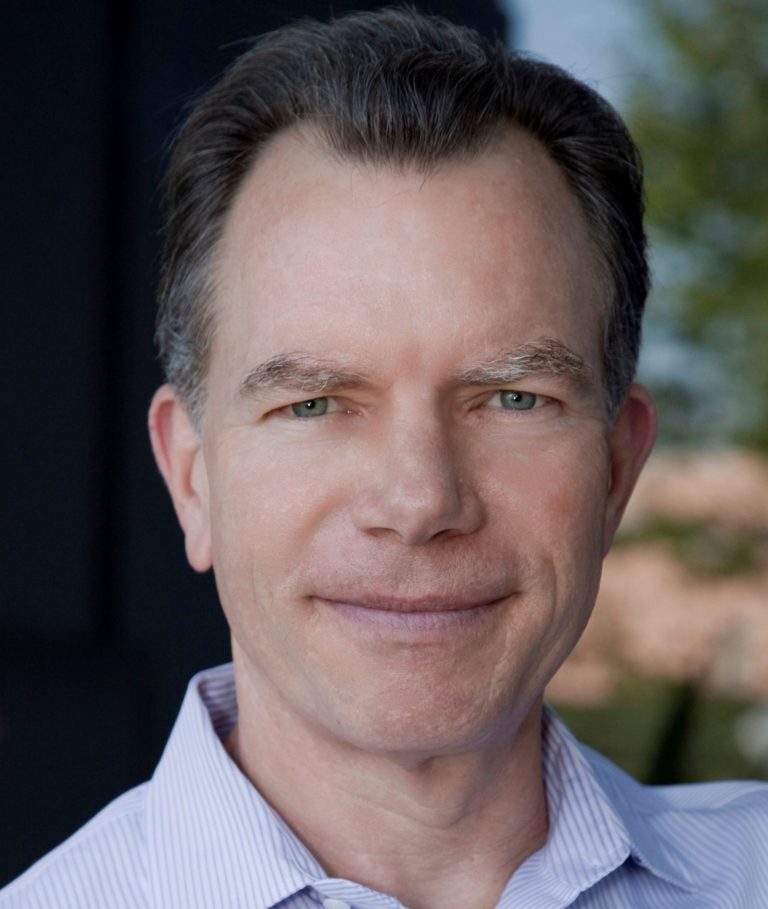
Terry Lingren
Chief Executive Officer
Mr. Lingren is an experienced CEO, entrepreneur and technical executive with a successful track record of growing profitable businesses through product vision and fiscal restraint. With over 30 years in the wireless industry, Mr. Lingren has exhibited an ability to mold high-performing teams to reach business goals in industries ranging from high-performance components through intellectual property (IP) licensing to sophisticated products such as smartphones.
Mr. Lingren was the founding CEO of Resonant Inc. (RESN – NASDAQ). Along with his two co-founders, he started the company in 2012 to apply deep technical expertise to a growing need in the radio-frequency (RF) filter space for cell phones and other wireless products, a $12B market growing at >20% compounded annual growth rate. Using a unique business model, Resonant maintained an asset-light cost structure through design licensing and extensive domain expertise. These capabilities and designs resulted in significant cost savings for customers and enabled a profitable licensing revenue stream. Using a similarly unique financing model known as public venture, Mr. Lingren raised capital for Resonant through an IPO on NASDAQ in 2014, as well as through other public and private rounds.
Since leaving Resonant in 2017, Mr. Lingren has donated his time to a nonprofit accelerators in the San Diego area (CONNECT, EvoNexus) and has mentored startups on their business models, investment pitches, and the process of raising funds. These include Universal Devices (enabling utilities to engage their customers in energy savings and demand shifting), Qubitekk (Quantum Key Distribution) and Case By Case (the world’s most useful line of phone accessories), among others. Prior to Resonant, Mr. Lingren was in executive and technical management in the cellphone industry. Starting at Qualcomm in 1994, he led the engineering operations as Vice President of Engineering from a startup position into a $1B+ revenue company by 1999, launching multiple products per year. In 2003, Mr. Lingren continued his work in cellphones at Kyocera, the Japanese company that acquired Qualcomm’s cellphone division.
Mr. Lingren has also held vice president and senior engineering management roles at Hughes Aircraft Co. and Amplica, Inc. He holds a bachelor’s degree in physics from Austin College, a bachelor’s degree in electrical engineering from Washington University in St. Louis, and a master’s degree in electrical engineering from California State University in Northridge.

Sam Kassegne, PhD, PE
Chief Technology Officer (Co-founder)
Dr. Sam Kassegne who serves as Grapheton’s Chief Technology Officer (CTO) is a professor of mechanical engineering at San Diego State University and Deputy Director of Center for Neurotechnology (CNT), a National Science Foundation (NSF) Engineering Research Center that is run by the University of Washington with MIT and SDSU as core partners.
Dr. Kassegne has extensive industry and academic experience in nanofabrication and micro-devices and has started and worked in several technology start-up companies in the past. He has also published more than 100 journal manuscripts, graduated almost 100 MS and PhD Students, raised ~$40 million research money, and holds 10 patent and patent applications in the broad areas of nanofabrication, material science, and BCI.
Dr. Kassegne obtained his PhD degree from Virginia Tech in Engineering Mechanics.
Scientific Advisory Board (SAB)
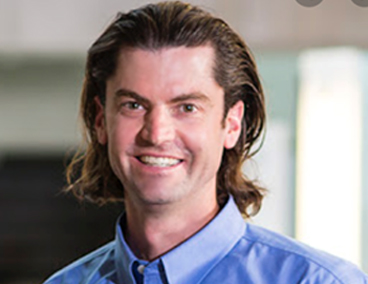
Chet Moritz, PhD
CJ and Elizabeth Hwang Professor of Electrical Engineering, Physiology and Biophysics, University of Washington, Seattle.
Co-Director, NSF-ERC Center for Neurotechnology.
Chet Moritz received his PhD from the University of California, Berkeley, studying the neuromechanics of human movement. A post-doc at the University of Colorado introduced him to the neural control of dexterous hand movements, while a second post-doc at the University of Washington began his interest in neural devices to treat paralysis. He is now the CJ and Elizabeth Hwang endowed associate professor in the departments Electrical and Computer Engineering, Rehabilitation Medicine and Physiology & Biophysics at the University of Washington in Seattle. He also serves as the Co-director for the Center for Neurotechnology (CNT), an interdisciplinary group of engineers, neuroscientists, and clinicians. He and his research team focus on developing and testing novel technologies to restore movement and other functions after spinal cord injury.

Vivian Mushahwar, PhD
Canada Research Chair in Functional Restoration
Professor, Division of Physical Medicine and Rehabilitation, Department of Medicine Director, Sensory Motor Adaptive Rehabilitation Technology (SMART),
University of Alberta, Edmonton, Alberta, Canada.
Dr. Vivian Mushahwar is a professor in the department of medicine at the University of Alberta and director of the SMART Network, a state-of-the-art center for researchers from engineering, medicine, rehabilitation, computer science, and neuroscience working to translate knowledge into intelligent medical devices and innovative rehabilitation interventions. Dr. Mushahwar attended Brigham Young University, graduating with a bachelor of science in electrical engineering in 1991. She then pursued a doctorate in bioengineering and neuroscience at the University of Utah. She did postdoctoral works at the University of Alberta on improving and restoring function and mobility after spinal cord injury and at Emory University in Atlanta, Georgia in rehabilitative medicine. Trained in the disciplines of biomedical engineering, rehabilitation, and neuroscience, Dr. Mushahwar combines these fields to divine more effective solutions to problems resulting from neural injuries and disease. She is the inventor of Smart-e-Pants and The SOCC and has co-founded three startups.
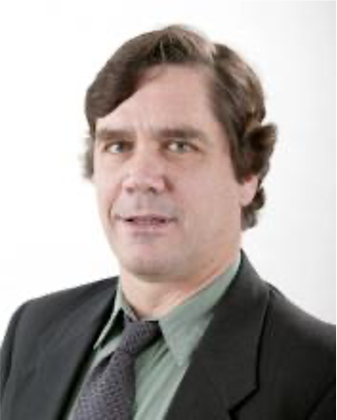
Marc Madou, PhD
Distinguished Professor of Mechanical and Aerospace Engineering with Joint Appointment at Biomedical Engineering and Chemical and Biomolecular Engineering, University of California, Irvine.
Marc Madou earned his doctorate degree in semi-conductor electrochemistry at the University of Ghent in Belgium . He then joined SRI International, Menlo Park, California, USA, as a visiting scientist followed by a return to the University of Ghent as an Assistant Professor. In 1983, he founded SRI’s Microsensor Department in The Physical Electronics Laboratory. In 1989, he wrote his first science book (Chemical Sensing with Solid State Devices) and founded Teknekron Sensor Development Corporation (TSDC) one of the first MEMS/BIOMEMS in the Silicon Valley. Out of that very creative group came early work and patents on MEMS based responsive drug delivery systems, micromachined switches, SOI based micro-mirrors, AFM tips, fast electrochemical oxygen and CO sensors and solid state pH electrodes. From the original TSDC team, several prominent engineers emerged as some of the most successful MEMS entrepreneurs yet. In 1992, he became a Visiting Miller Professor at University of California Berkeley and a NASA Ames Associate where his interests shifted to polymer actuators and carbon based MEMS structures (C-MEMS). In 1997, he accepted an Endowed Chair professorship at the Ohio State University’s Materials Science and Engineering Department, combined with an appointment in the Chemistry Department. Missing California and more and more intrigued with nanotechnology he joined Nanogen Inc. in 2001 as Vice President of R&D. In July 2002, he accepted the position of Chancellor’s Professor at UC Irvine in the Department of Mechanical and Aerospace Engineering with a joint appointment in the Department of Biomedical Engineering. His book “Fundamentals of Microfabrication” is considered as the ‘bible’ of micromachining.
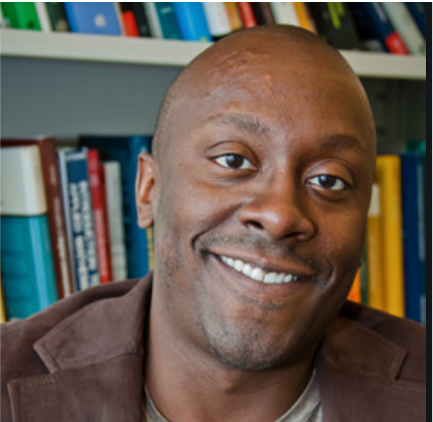
Todd Coleman, PhD
Professor of Bioengineering, and by courtesy, Electrical Engineering at Stanford University.
Dr. Todd P. Coleman received B.S. degrees in electrical engineering (summa cum laude), as well as computer engineering (summa cum laude) from the University of Michigan. He received M.S. and Ph.D. degrees from MIT in electrical engineering, and did postdoctoral studies at MIT in neuroscience. His postdoctoral fellowship in neuroscience at Mass General Hospital and MIT was conducted under the guidance of Emery Brown.
He is currently a Professor in the Department of Bioengineering at Stanford with courtesy appointment in Electrical Engineering Department. Until August 2021, Dr. Coleman was an Associate Professor of Bioengineering in the Jacobs School of Engineering at UC San Diego, with joint appointments in Electrical & Computer Engineering and Ophthalmology, where he directed the Neural Interaction Laboratory.
Dr. Coleman’s research has been featured on CNN, BBC, and the New York Times. Dr. Coleman has been selected as a National Academy of Engineering Gilbreth Lecturer and a TEDMED speaker.
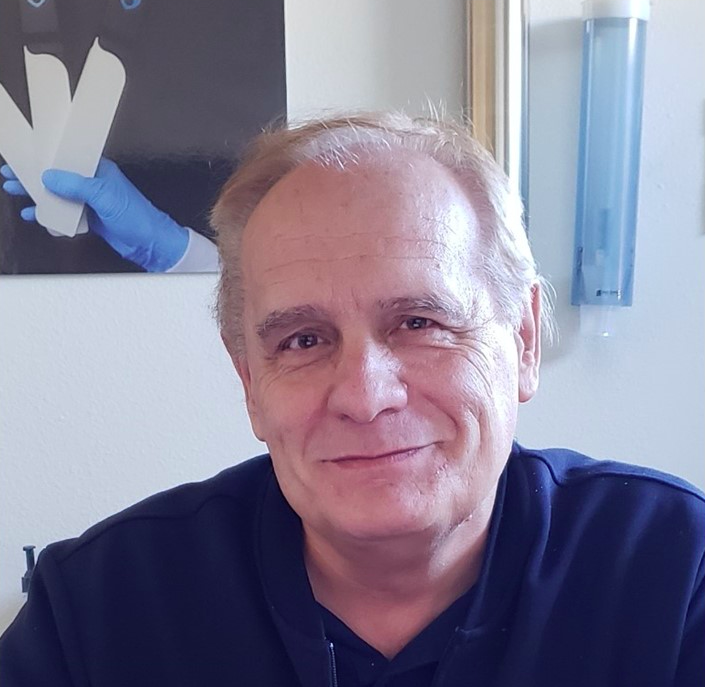
Dalibor Hodko, PhD
CEO, NexoGen Inc.
Dr. Dalibor Hodko has over 30 years of experience in developing and commercializing new cutting-edge technology in the areas of medical diagnostics, energy, clean technology, and healthcare. He received his M.Sc. and Ph.D. in chemical engineering and physical chemistry from University of Zagreb, Croatia and completed his postdoctoral work at Texas A&M University. His early R&D was performed at Rudjer Boscovic Institute, a National Lab of Croatia in areas of fundamental electrochemistry, surface science and photochemistry. He was a founder of 3 startups and led development of innovative technologies to commercialization. Dr. Hodko led and contributed to a growth of a startup from three to over 130 employees yielding a broad range of technologies and products developed. He served as a Director of Advanced Technology in a midsize biotech diagnostic company (Nanogen, Inc.) operating under FDA, GMP regulations and led innovative product development. Three of the technologies developed under the leadership of Dr. Hodko were commercialized including a portable point-of-care DNA analyzer, a clean-environmental technology for treatment of contaminants in contaminated soils, and an additive nanotechnology for plating electronic circuits using conducting polymers. Dr. Hodko developed pathways and networks that secured funding to startup companies through non-dilutive sources and partnerships totaling over $45 M. Dr. Hodko received three NASA awards for innovative technology development, has published 26 patents, and has over 50 peer reviewed publications.
